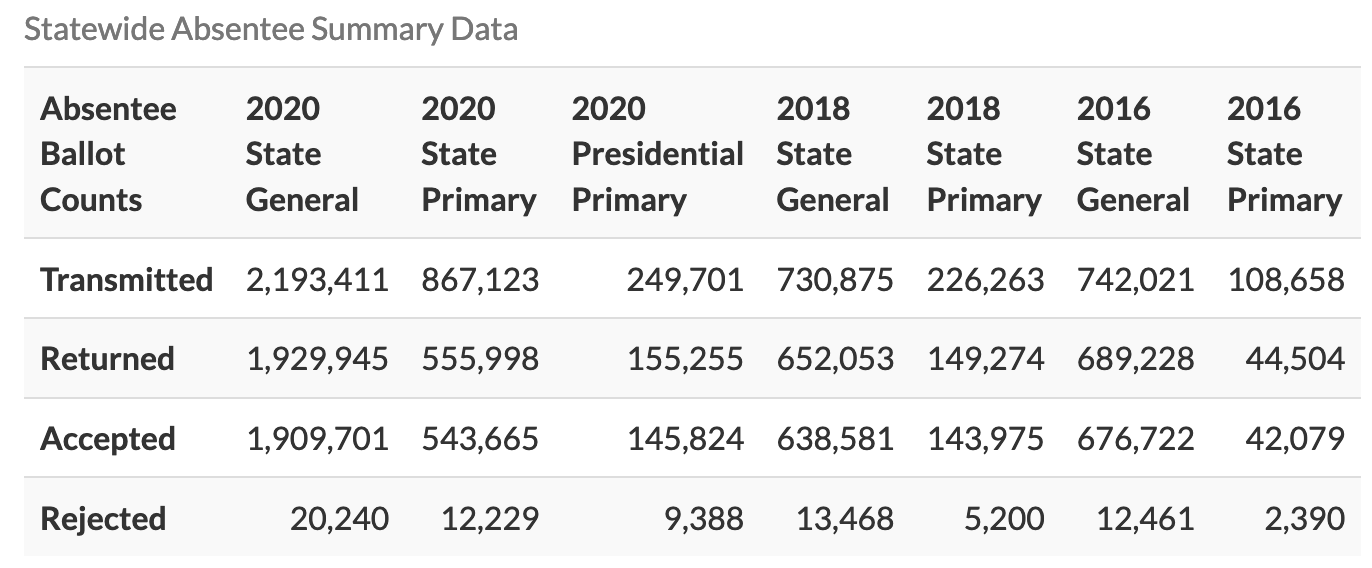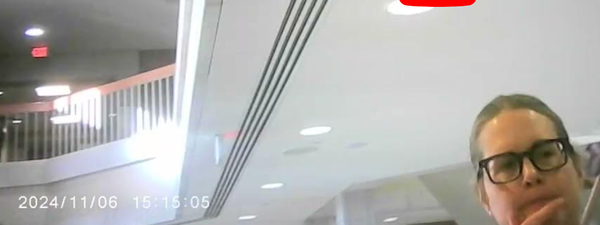Did Tim Walz Even Win in 2018?
And a simple question for Minnesota gubernatorial candidates

There’s been lot of talk in the Minnesota gubernatorial campaigns about unseating Governor Tim Walz.
“We’ve got to beat Tim Walz.”
“We can’t have another four years of Tim Walz.”
“I’m the most electable candidate who can defeat Tim Walz.”
But no campaign so far has questioned whether Tim Walz even fairly won his election in 2018. The official results had him defeating Jeff Johnson by almost 300,000 votes in an election with 2,586,203 votes cast, so at first glance you could be forgiven for thinking, Could there really be THAT much cheating?
Spoiler: You won’t know until you dig into it. And I don’t have the answer—as with the 2020 election, the answers wait for all of us in the data. Earlier this year Secretary of State Steve Simon declined to pursue a requested audit from the the commissioners of Crow Wing County, even though President Trump healthily carried the county, denying the people of Crow Wing a chance to review critical election data to see for themselves whether the election was fair and free of manipulation.
Shortly after Walz’s apparent victory, the Twin Cities Pioneer Press summarized the result:
“Walz was victorious because he flipped locales that voted for Trump in 2016 and outperformed Democratic nominee Hilary Clinton in the neighborhoods she won. That was no accident.” (Emphasis added.)
So, in some areas Walz converted Trump supporters and was also more popular than Clinton in her strongholds. No accident, indeed.

In 2018, according to the Secretary of State’s website, there were 730,875 absentee ballots transmitted, 652,053 returned, 638,581 accepted, and 13,468 rejected (78,822 unreturned).
But what if Jeff Johnson was actually on pace to outperform Tim Walz? How would you counter that, if you were in charge, behind the scenes, and needed to ensure Walz won?
First, take in hand the sizeable number of absentee ballots; then, combined with inflated voter rolls and the machines’ built-in capability to manipulate votes, you have the recipe to 1) articulate a desired winner prior to the election, 2) manage the outcome during the election, including monitoring the cast votes at a precinct on election day, and 3) use that real-time data to manufacture the desired, narratively plausible result and balance the books ahead of canvassing boards or an audit (using the voter rolls and absentee ballots).
That’s what you could do. But what do I know?
As in the November 3rd, 2020 election, the 2018 elections in Minnesota relied upon Dominion, ES&S, and Hart voting machines and equipment including absentee and mail ballot tabulators (like Dominion’s ImageCast Central) and assistive voting equipment (like Dominion’s ImageCast Evolution). It is understood that voting machines and systems from these companies have been used around the world to manipulate elections, so it only seems reasonable to question their role at home on American soil.
Never before, to my knowledge, have these electronic voting systems come under the breadth and depth of scrutiny as in the last 17 months. With awareness growing of how the voices of Minnesotans have been stolen time and again, how long can the current system of voting machines and infrastructure really last? How long before the people demand the removal of the swindling systems and rely instead on a simple, reliable, and cost-effective alternative? (Such as using manual poll books and hand counting paper ballots in size-limited precincts on a single election day.)
Here’s a simple question for candidates hoping to unseat Tim Walz in the 2022 election:
How do you expect to overcome the force of the machines which are designed exactly to defend against even very strong and popular candidates for public office, like yourself?
The longer time passes without a peep (there have been some, but precious few), the longer this observer wonders whether the candidates understand the core of the issue, or whether they do but are lacking the courage to even address it. Because each day more and more of the people they hope to represent do, and at least one of them—this writer—wishes for more noise to be made about it.
Imagine for a moment that you were at the helm of the Dominion, ES&S, and Hart systems with concurrent access to real-time counts of absentee ballots and votes cast at precincts on election day. Also in your pocket is a healthy line of credit: the inflated voter rolls. In that scenario, the combined proposed “election integrity” antidotes of balanced ballot boards, savvy election judges, and even voter ID (all which are fine and good) would have little power against the brute force of the strings you could pull to “secure” the election in accordance with the wishes of the master you serve.
Gubernatorial candidates—no, any candidate for public office—should demonstrate and disclose to the people, right now, the extent of their understanding of the baked-in capability of election system software for manipulation via vote acceleration.
Thank you for increasing your awareness on machine manipulation via vote acceleration. Share this with someone curious or forward to your local candidates.




